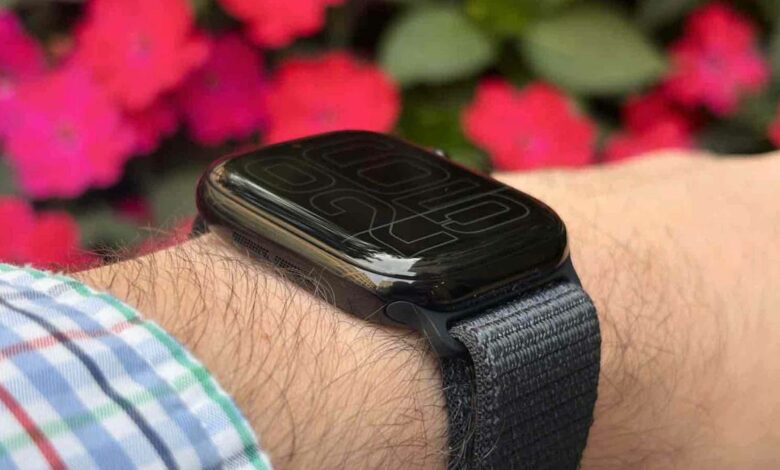Your next smartwatch could be battery-free and powered by your skin

- Power-over-Skin developed by researchers from Future Interfaces Group
- Technology transfers power to wearables using the human body
- Paves the way for battery-free devices powered by skin contact
Self-winding watches have been around for a century, but manufacturers are still looking for ways to make modern wearables battery-free. A new research paper from Carnegie Mellon University could provide the answer: Scientists have developed a technique to power the next generation of wearable technology via skin contact.
Researchers at Future Interfaces Group have found a way to supply power to wearable devices through the human body. The method is called Power-over-Skin and could be the gateway to a future where the best smartwatches no longer need a built-in battery.
In simple terms, the method sends power from a single battery-powered transmitter worn on the body to a series of battery-free devices attached to the skin. Research has shown that the human body effectively conducts 40MHz RF energy, which is what Power-over-Skin relies on to distribute the current through the skin.
Researchers Andy Kong, Daehwa Kim and Chris Harrison discovered that they could deliver electricity to the entire body via a single transmitter. They also discovered that the amount of power they could supply depended on the proximity of the transmitter and receivers. For example, having a transmitter on the forearm and a receiver on the wrist yielded higher microwatts.
In their tests, the researchers were able to power an LED earring, a calculator and a Bluetooth ring with a joystick control. They also experimented with building transmitters into existing objects, including a smartphone, a VR headset and a shoe. Because the skin connection is capacitive, it can also work through clothing, for example if you have a transmitter in your pocket.

Skin in the game
The benefits of Power-over-Skin are numerous. By eliminating built-in batteries, portable devices can be made much smaller and lighter, opening up the possibilities for a variety of versatile applications. One of these mentioned in the research paper is a sleek medical patch that monitors health data. Because there is no need to replace the battery, it can theoretically be left in a patient indefinitely.
Another net benefit of Power-over-Skin is that sharing power from a single transmitter source instead of powering individual wearables with their own batteries reduces resource requirements from an environmental perspective.
As technology develops, refinements should lead to greater efficiency in power delivery. While it’s unlikely that Power-over-Skin will be able to provide enough energy to run high-powered devices, it seems reasonable to assume that the technology will be deployed on smartwatches and fitness trackers in the near future.
In conducting their tests, the researchers proved that Power-over-Skin can run microprocessors, digital displays and wireless communication modules, even though they are optimized for the technology. With proper placement of the transmitter and receiver and improvements in component efficiency, there are many possibilities for future wearables.
One concern will be whether using the body as a channel for RF energy has negative side effects on the wearer’s health. One factor addressed in the article is the need to avoid hot spots, where RF energy passes through a small contact area.
According to the study, no participants experienced discomfort or pain during testing. Assuming no complications arise from prolonged exposure, Power-over-Skin could represent a massive change in the way wearables are designed and powered.




